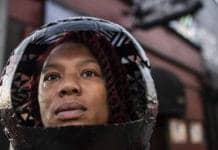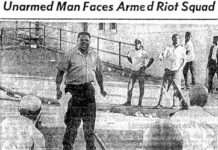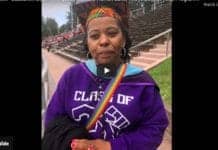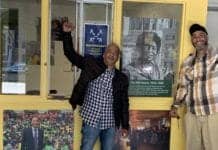
As San Franciscans rang in the new year, the civil gang injunctions plaguing the Mission, Bayview Hunters Point, Visitation Valley and the Fillmore-Western Addition for more than a decade finally came to an end.
On Dec. 18, 2019, the San Francisco No Injustice Committee (SF NIC) celebrated this community victory, noting that community pressure forced City Attorney Dennis Herrera to end his flagship policy that exclusively targeted people of color. SF NIC member Erris Edgerly stated: “Twelve years ago, I watched the City target the young men of the Western Addition neighborhood.
“These men were trying hard to find their way in this world. They’d take a step forward, only to have injunctions slapped on them, telling them that their relationships were illegitimate. It made them more vulnerable. The end of the injunctions is long overdue.”
An end to gang injunctions means freedom to move for 53 men across San Francisco. Additionally, relationships with friends and loved ones criminalized under the injunctions can be re-established and fortified.
However, despite the end of the injunctions, the San Francisco Police Department (SFPD) continues to target communities of color by labeling people as gang members, putting their names into SFPD’s gang database, and drawing connections that turn their friends and families into suspected gang members.
Nationwide, gang databases have become increasingly controversial and found to be deeply flawed. A 2016 audit of California’s statewide gang database found it was plagued with issues, including that it contained more than 600 names that should have been removed years ago. The audit concluded that the database likely violates the privacy of many of the 150,000 people in the database. As a result, the state of California is now overhauling the database’s regulations, including putting it under the oversight of the California Department of Justice.
Similarly, officials in New York City are calling for an investigation into NYPD’s gang database; nearly 99 percent of the 17,500 people in the database are people of color – including children as young as 13. Further, Chicago recently abolished one of its two databases after glaring errors came to light, including hundreds of people in the database who were listed as deceased.
“While we celebrate the community’s victory over the gang injunctions, we know that SFPD continues to have other tools for targeting and labeling communities of color. The Gang Task Force continues to put names into its gang database with absolutely no oversight or accountability. Not even the Police Commission knows how many people are in that database or what the criteria are,” noted SF NIC member Jose Bernal.
SF NIC, which originally formed out of the community’s frustration with the City’s over-policing of communities of color, is now calling for reform to the SFPD’s Gang Task Force and the SFPD’s clandestine gang database. Community members can get involved in the campaign by contacting SF NIC at SFNoInjusticeCommittee@gmail.com.

 Store
Store












